Silicone Foam Dressing
Silicone Foam Dressing is a wound dressing that combines the superior absorption of foam with the gentle adhesion of silicone. It can absorb large amounts of exudate, preventing the risk of maceration and increasing patient comfort during the dressing change process. It is also a good choice for people who have sensitive skin.
It is an excellent choice for moderate to high wound exudate management and helps reduce trauma to the wound during removal, minimizing pain during dressing changes. It is also hypoallergenic and odorless.
Silicone Foam Dressing is a sterile self-adherent wound care dressing that consists of a soft and hypoallergenic silicone adhesive layered with a polyurethane foam pad and a vapor-permeable and moisture-proof outer film. The foam pad is highly absorbent, able to absorb up to 15 times the amount of exudate of its own weight. The foam pad also helps maintain a moist wound-healing environment.
The breathable and poreless silicone foam is ideal for moderate to heavily exuding wounds. The silicone foam dressing provides a waterproof secure barrier to bacteria and promotes wound healing. It is an excellent choice for pressure ulcers, traumatic wounds, laceration wounds, and lacerations.
Unlike traditional polyurethane foam dressings that require changing frequently, silicone foam dressing can be changed for up to five days without any significant impact on the wound healing process. It is also easy to apply, remove and reapply.
The foam dressing can be repositioned on the application or after a visual inspection of the wound. It also has a vapor-permeable and water-proof outer film that can prevent wound bed maceration.
It is an effective solution to manage neuropathic ulcers and diabetic venous ulcers. These dressings are recommended for use on high volumes of exudate to minimize the risk of maceration and odor formation in these patients.
They can be used in conjunction with compression therapy to maximize the effectiveness of the dressing. It is important to use the correct amount of compression. The most appropriate level of compression can be determined by the practitioner based on the assessment of the patient's skin type, body shape and the location of the wound.
If the wound is in a challenging location such as the sacrum, a specialized odor-absorbing foam may be required. These are available in a variety of materials, such as ethyl cellulose, sorbitol, alginate, and hyaluronic acid.
These dressings are effective for managing partial- and full-thickness wounds, including venous leg ulcers, neuropathic ulcers, arterial ulcers, skin tears, and surgical wounds. They are also recommended for the treatment of pressure ulcers and are compatible with compression therapy.
The dressing contains a high-capacity fluid lock-away core that enables it to absorb and lock away exudate while maintaining a moist wound-healing environment. The foam layers are hydro cellular and work together to provide an effective barrier to water, bacteria, and viruses. The waterproof, vapor-permeable film backing minimizes the risk of leakage and maceration while increasing wear time.
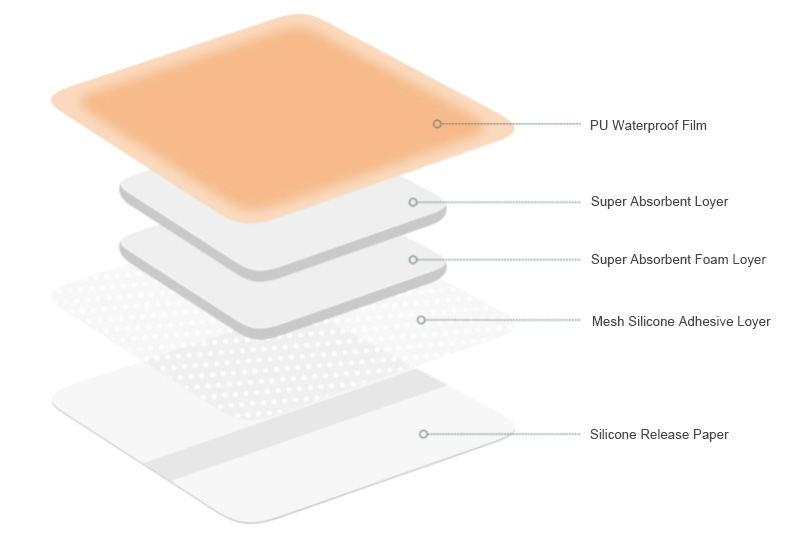
Unique five-layer structure:
PU Waterproof Film、Super Absorbent Layer、Super Absorbent Foam Layer、Mesh Silicone Adhesive Layer、Silicone Release Paper
Application
◆Various surgical incisions (available after surgery).
◆Vulnerable wounds of surrounding skin (lower limb ulcers, cancerous wounds, pyoderma, pressure ulcers, etc).
◆Painful wounds (radiation injury, etc).
◆Other types of chronic wounds.

 English
English عربى
عربى Español
Español русский
русский 中文简体
中文简体






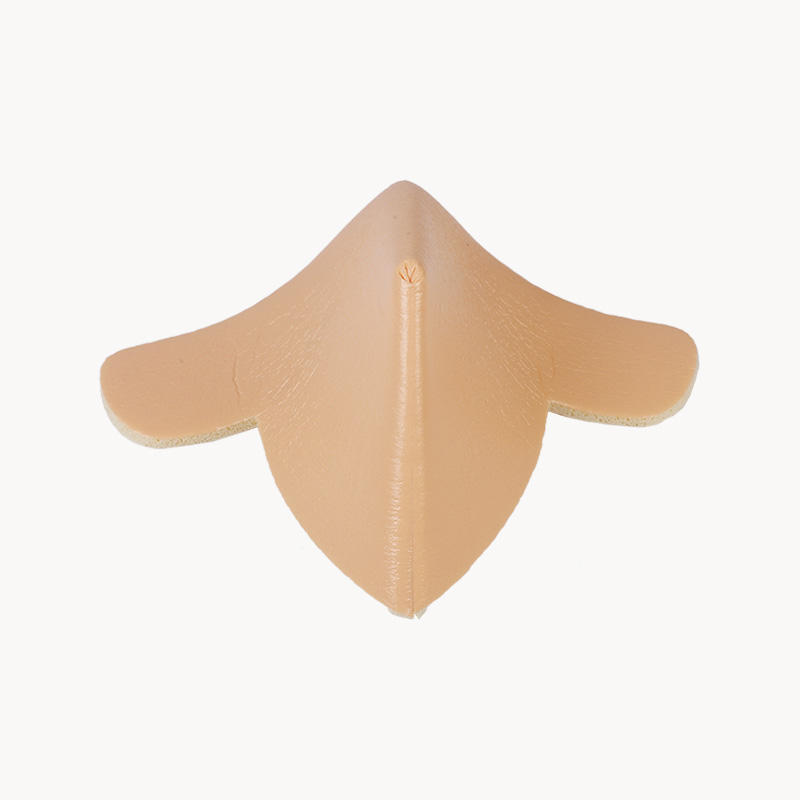
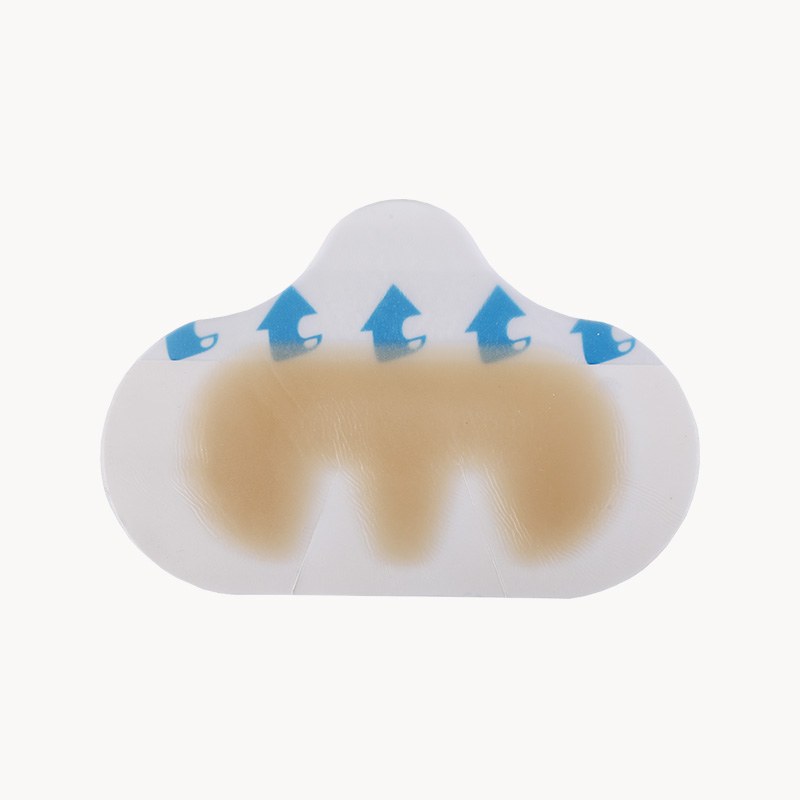
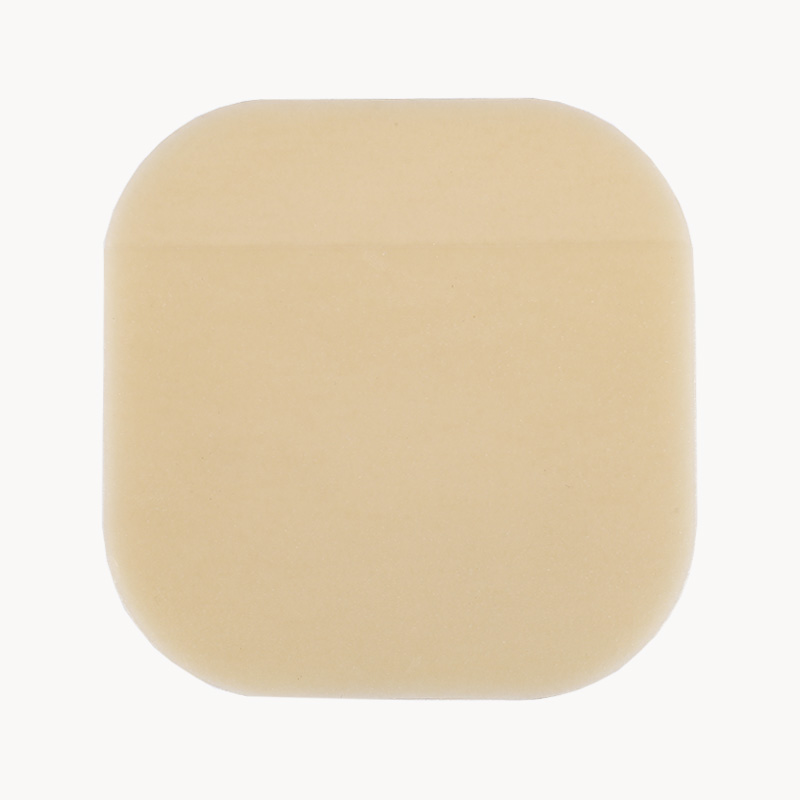
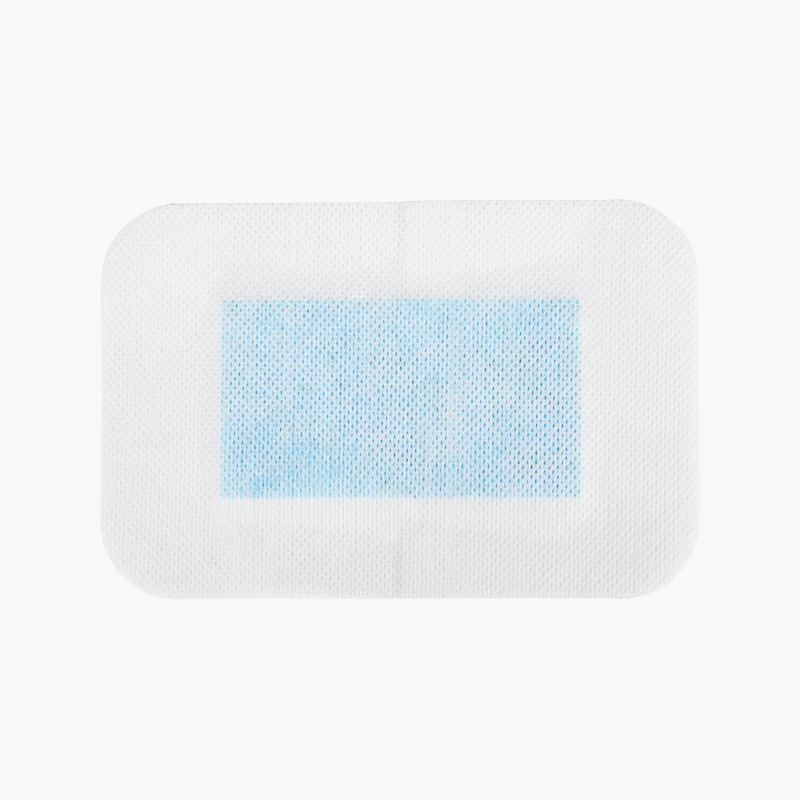
.jpg.png)
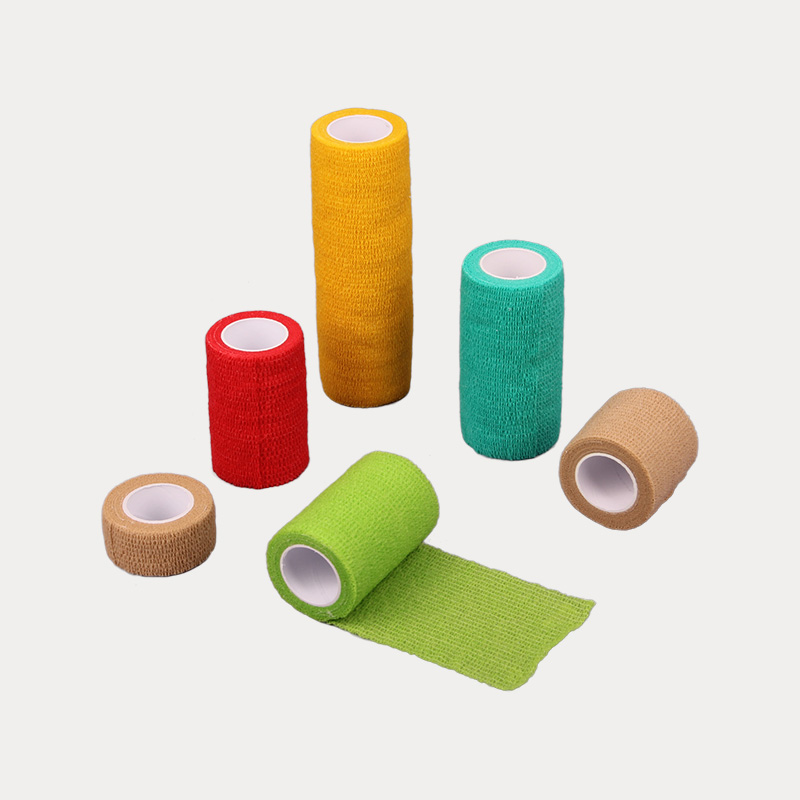
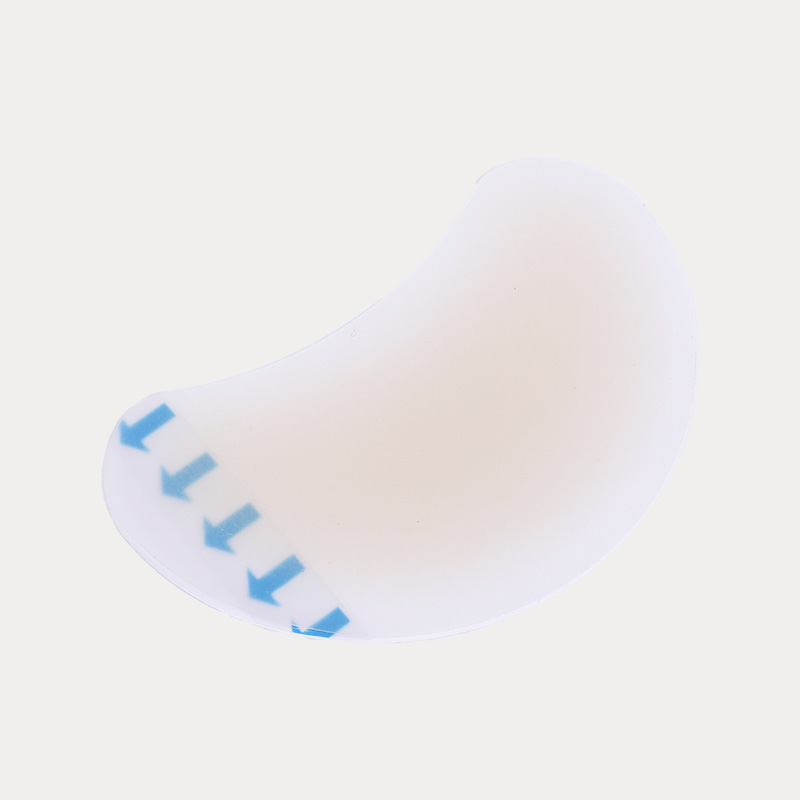
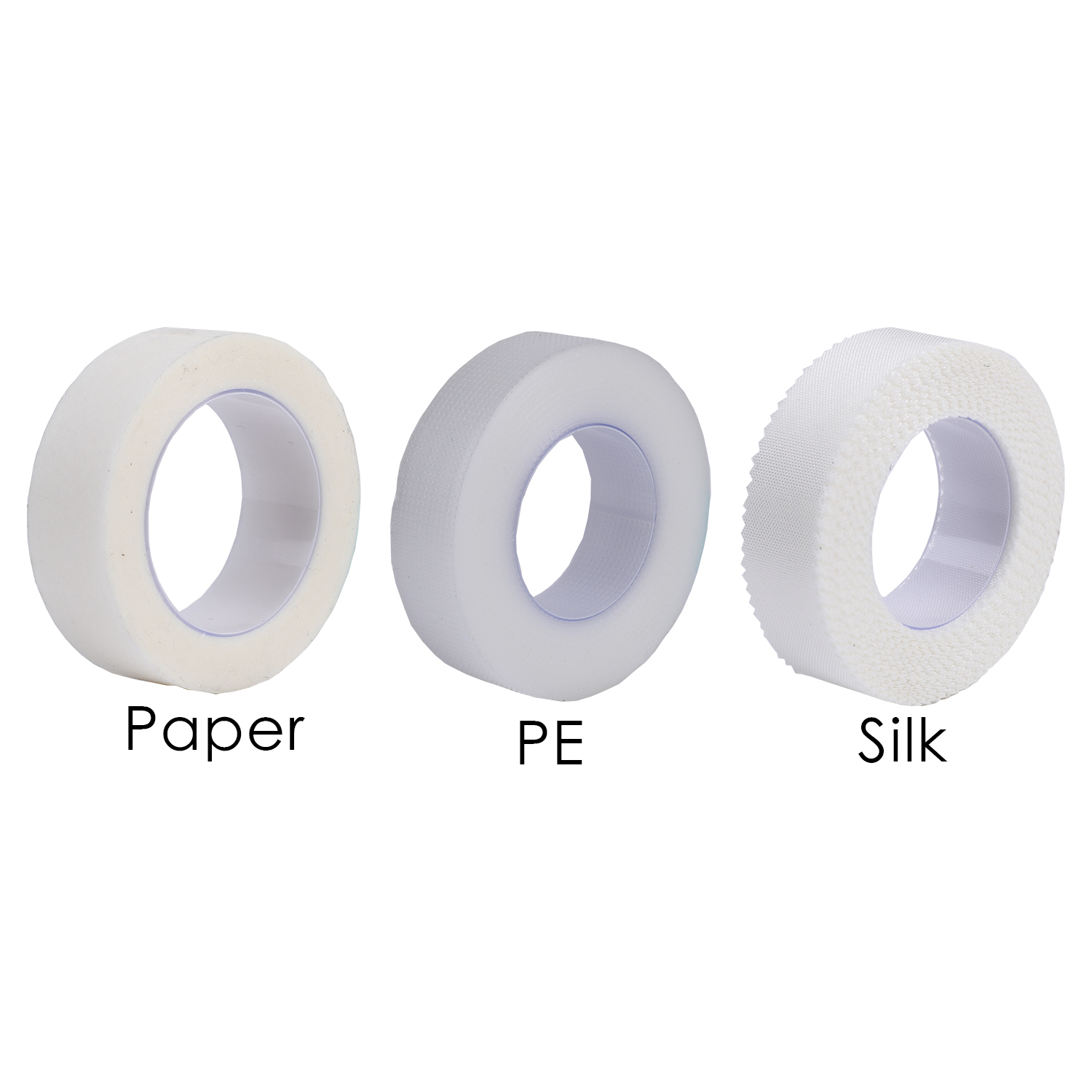
.jpg.png)


